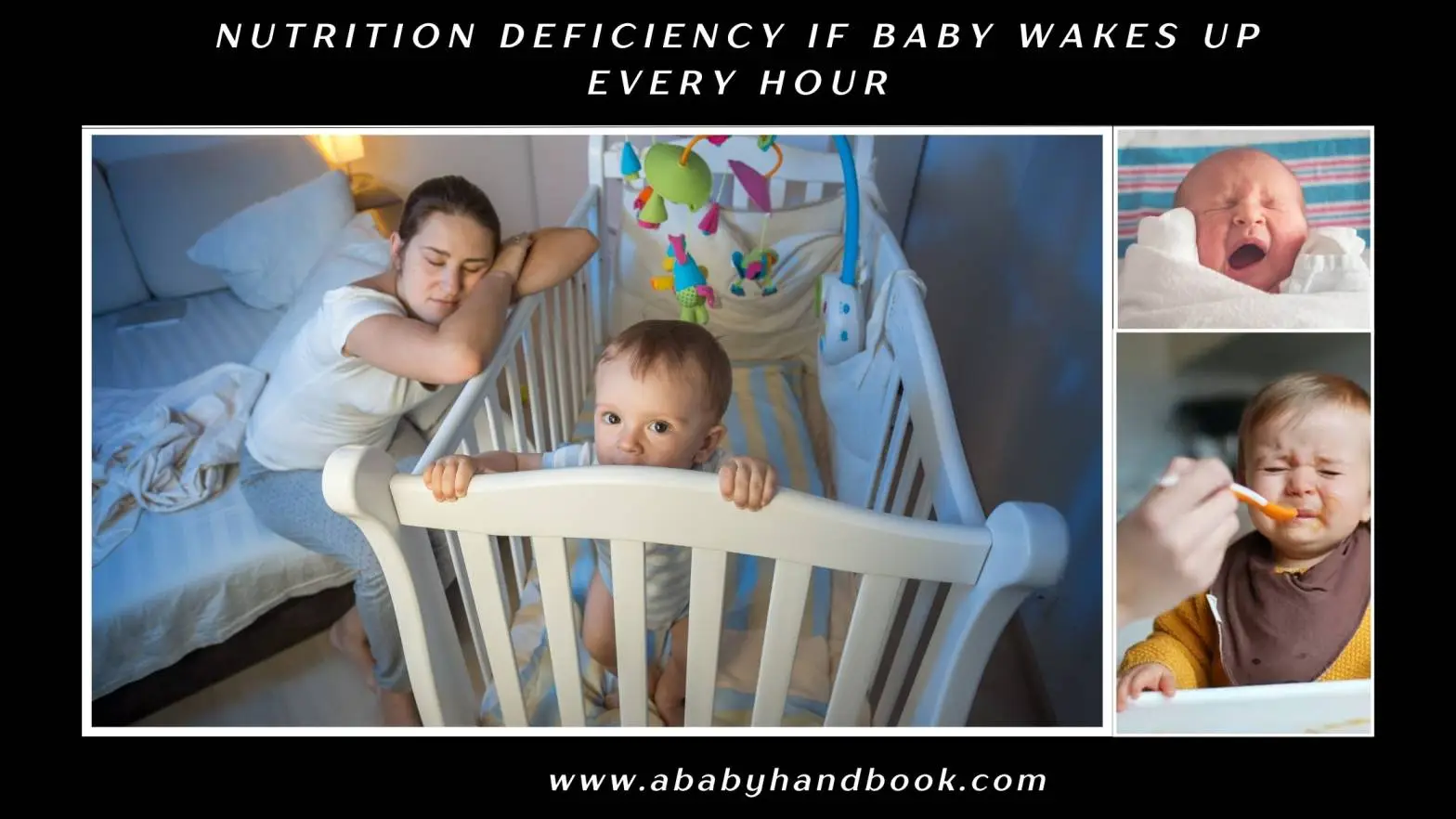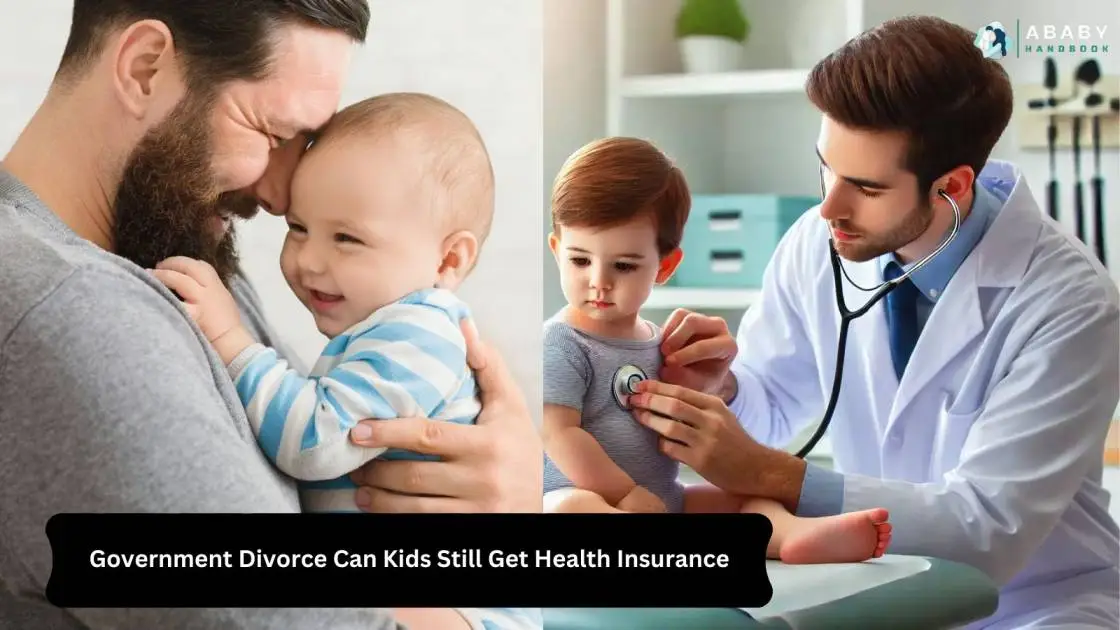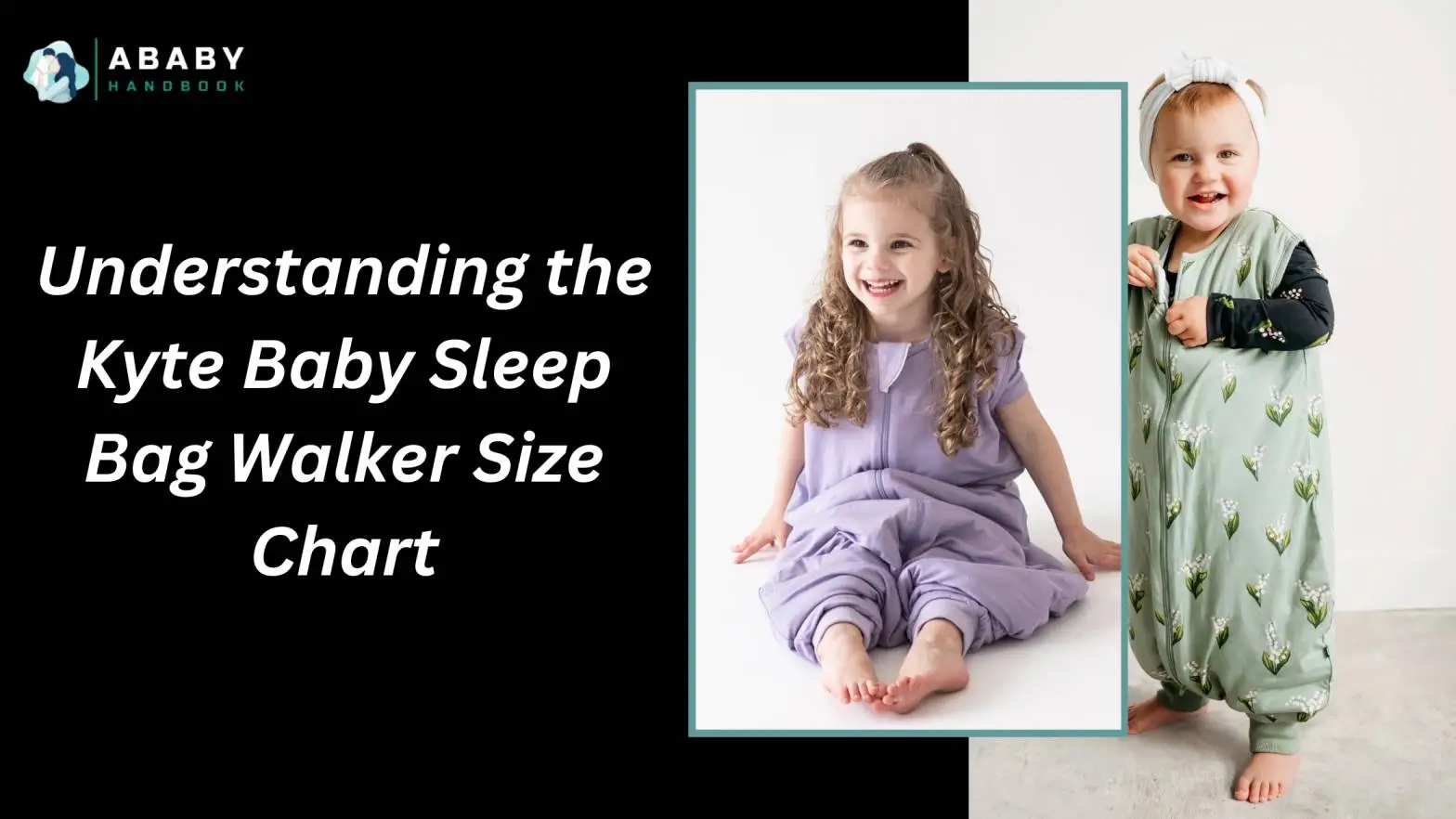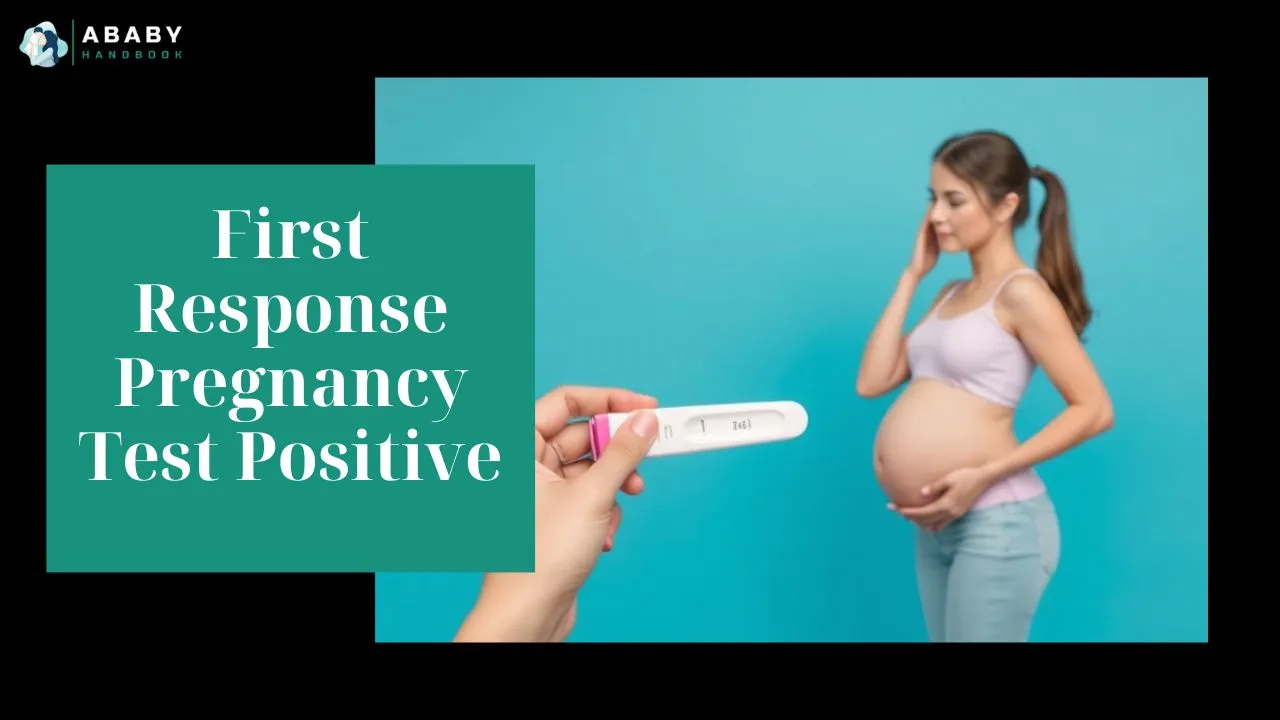

Image: Shutterstock
Love is an intriguing emotion and an elusive subject. Considered a matter of the heart, love has caught the attention of poets, philosophers, psychologists, and biologists .
Love has been expressed through sonnets, art, and music for centuries. However, the definitions and perceptions of love have undeniably changed in modern times with new research and studies that keep pouring in. You would be surprised to know how deeply your brain and hormones are involved in generating this warm fuzzy feeling for a special one.
Read this MomJunction post to know some interesting facts about love.
20 Science-based Facts About Love
1. Love and lust: The difference lies in the eyes of the beholder.
You may think that your heart knows the best. However, love is not a precondition for sexual desire, and sexual desire may not always lead to love.
Sponsored
A study has shown that the pattern of eye gaze can reveal the difference between love and lust (sexual desire). As per the study, the eye gaze shifts based on the persons goalthe feeling of love leads to more frequent eye fixations on the face than on the body, whereas in lust, the eye fixation is more profound on the body than on the face (1).
Yes, the eyes do reveal your intentions and interests.
2. Love acts like a drug.
Passionate love creates feelings of euphoria and exhilaration. Interestingly, the areas of the brain that are activated by these romantic feelings largely overlap the areas that are associated with reward, desire, addiction, and euphoric states. Romantic love and use of opioid drugs, such as cocaine, trigger similar regions in the brain, releasing oxytocin, vasopressin, and dopamine, which put one in a feel-good or happy state (2).
3. Hugging your partner can lead to less stress and a healthier heart.
Hugging a partner or spouse can lower blood pressure and increase oxytocin levels in premenopausal women (3). Oxytocin hormone is known to have anti-stress properties and promote healing and well-being (4).
4. A loving relationship means a healthy heart.
Being in a relationship or being married has its perks. A study of 3.5 million people has revealed that people who are married have lower rates of cardiovascular diseases when compared with people who are single, divorced, or widowed (5). In individuals aged 50 years and below, marriage is associated with 12% lower odds of any vascular disease (5).
5. Lovers hearts beat in sync.
My heart beats for you Do you say that to your partner often? Scientifically, you may not be wrong.
According to a study conducted by researchers at the University of California, lovers hearts beat at the same rate. The study revealed that the heart rate and respiration rate of couples who are in a romantic relationship synchronize when they sit facing each other for around three minutes (6), (7). Interestingly, when the pairs are mixed, no syncing is observed.
6. Love can reduce your pain.
Love can act as a painkiller. Surprised? Well, when people are in love, their moods change and also their experiences with pain. A study conducted by the Stanford University School of Medicine shows that passionate, intense love can relieve pain similar to that of the painkillers or illicit drugs such as cocaine (8).
7. Long-term commitment and memory have a strong connection.
Do you remember every aspect of your relationshiphow it moved forward, and what the important milestones were?
A study has reported that committed couples remember their relationship history, including the things that happened during each stage of their relationship more accurately than those couples in a strained relationship (9). The study says that the couples in the second group often choose to misremember things to avoid disappointment.
8. Distance makes the heart grow fonder.
You may have often heard that long-distance relationships do not work out. However, there is a study that presents a different picture. The study has revealed that long-distance relationships are not only successful, but also help in developing trust and satisfaction between partners (10).
9. Couples start to look alike in appearance.
Opposites may not always attract. You may have noticed that some couples do look alike. Interestingly, a group of researchers from the University of Michigan found that couples grow to look more like each other after a certain period (around 25 years) (11). The happier the couple, the closer the similarity in their physical appearance.
This may happen because couples who stay together tend to mimic each others facial expressions and behavior. So, if your partner has a good sense of humor or laughs often, you will probably start doing so too.
10. Men fall in love faster than women.
It is a general misconception that women are more romantic and fall in love faster than men.
A study of 172 college students has shown that men fall in love sooner and say, I love you faster than women (12).
11. Romantic relationships can change your behavior.
Love has the power to change the behavior of partners in a relationship. According to a study that was carried out on 245 young couples for nine months, it was observed that being in a relationship decreased neuroticism and brought about a positive change to the personality of young couples (13). Perhaps the partners became optimistic and self-confident because of the positive emotions experienced in a relationship.
12. Laughter is the best medicine for love.
Do you and your partner crack up at each others jokes or laugh while watching comedy movies or series? This shared laughter can lead to more intimacy between the two of you.The results of a study of 71 romantic couples have indicated that laughing or cracking up together is associated with closeness. Couples are more supportive of each other and satisfied in their relationship when they laugh together and are happy (14).
13. Love has healing powers.
When people say love and time can heal all wounds, they may not be wrong.
Researchers have observed an association between psychological stress and wound healing.
A study of 42 married couples, aged between 22 and 77 years has shown that wound healing is slower in couples with marital discord. In adition, it has shown that couples who are more hostile heal slower than couples who are less hostile (15).
14. Love hormone is what you need for headaches.
A group of researchers has shown that the use of intranasal oxytocin or love hormone spray can help alleviate migraine headaches. Moreover, this analgesic effect is shown to be stronger in patients with chronic migraine (16).
Results of the study showed that about half of the participants reported their headache reduced by half after four hours, with an additional 27 percent reporting no headache at all during the same duration.
15. Like the moon, love has phases.
Researchers from Harvard have shown that like the moon, love also develops in phases. The early phase of love is quite different from its later phase. It starts with obsession (serotonin levels are high at this time) but then cements into a relationship or a more mature form of love (oxytocin levels are high at this time) (17).
16. Love and lust activate different regions in the brain.
Researchers believe that lust and love involve different intentions, goals, and interests. Now, brain imaging studies have made it possible to map out the regions of the brain that are responsible for love and lust.
A study reveals that love and lust activate different areas of the striatum (a part of the brain structure). The area activated by lust is the same area that is usually activated by pleasurable things, such as sex or food. On the other hand, the area activated by love is associated with reward or pleasure and is also the same region that is associated with drug addiction (18).
17. Kissing can help you choose the right partner.
You may think that kissing is a way to show your love to your partner. However, it can do more important things, including helping you to choose the right partner.
A study on the potential effects of romantic kissing reported that kissing helped men and women determine their compatibility with a partner. Moreover, the frequency of kissing was associated with the quality of the relationship (19).
18. Love does happen at first sight.
A study has shown that people could reject or pursue romantic relationships with someone just by looking at them. As per the study, although this judgment is formed within seconds of seeing a potential partner, it also depends on determining physical and psychological compatibility (20).
19. Music can make or break a date.
Can music help you on your date night? The answer is yes. According to a report published in Psychology of Music, the feelings of interest and attraction in single men and women increase when music was playing in the background during their first meeting compared to when there is no music (21).
20. A broken heart is for real.
Did you know people can suffer from broken heart syndrome? According to the American Heart Association, broken heart syndrome, also called stress-induced cardiomyopathy or takotsubo cardiomyopathy, can occur in healthy individuals too (22).
It is characterized by sudden, intense chest pain due to an increase in the levels of the stress hormones. This condition is sometimes mistaken as a heart attack. It can occur due to various factors, including the death of a loved one, divorce, breakup or physical separation, and betrayal or romantic rejection (22).
The science behind love is both simple and complex. Like every other field of science, love also generates shock and excitement among researchers and people alike. No doubt, research around love and lust is often sensationalized. However, it is difficult to make solid conclusions about different aspects of love.
Although hormones do play a significant role in your love story, how long-lasting and loving your relationship is, still very much depends on your choices. Have any more interesting facts to share? Feel free to add them in the comments section.
References:
1. Bolmont, M., Cacioppo, J. T., & Cacioppo, S; Love is in the gaze: an eye-tracking study of love and sexual desire; Psychological Science (2014).
2. Zeki, S; The neurobiology of love; FEBS Letters, 581(14) (2007).
3. Light, K. C., Grewen, K. M., & Amico, J. A; More frequent partner hugs and higher oxytocin levels are linked to lower blood pressure and heart rate in premenopausal women; Biological Psychology (2005).
4. Uvnas-Moberg, K., & Petersson, M; Oxytocin, a mediator of anti-stress, well-being, social interaction, growth and healing; Z Psychosom Med Psychother (2005).
5. Marriage Linked to Lower Heart Risks in Study of 3.5+ Million Adults; American College of Cardiology
6. Helm, J. L., Sbarra, D., & Ferrer, E; Assessing cross-partner associations in physiological responses via coupled oscillator models; Emotion (2012).
7. Ferrer, E., & Helm, J. L; Dynamical systems modeling of physiological coregulation in dyadic interactions; International Journal of Psychophysiology (2013).
8. Love takes up where pain leaves off, brain study shows; Stanford Medicine
9. Ogolsky, B. G., & Surra, C. A; A comparison of concurrent and retrospective trajectories of commitment to wed; Personal Relationships (2014).
10. Crystal Jiang, L., & Hancock, J. T; Absence makes the communication grow fonder: Geographic separation, interpersonal media, and intimacy in dating relationships; Journal of Communication (2013).
11. Zajonc, R. B., et al.; Convergence in the physical appearance of spouses; Motivation and Emotion (1987).
12. Harrison, M. A., & Shortall, J. C; Women and Men in Love: Who Really Feels it and Says it First?; The Journal of Social Psychology (2011).
13. Finn, C., Mitte, K., & Neyer, F. J; Recent decreases in specific interpretation biases predict decreases in neuroticism: Evidence from a longitudinal study with young adult couples; Journal of Personality (2015).
14. Kurtz, L. E., & Algoe, S. B; Putting laughter in context: Shared laughter as behavioral indicator of relationship wellbeing; Personal Relationships (2015).
15. Kiecolt-Glaser, J. K., et al.; Hostile marital interactions, proinflammatory cytokine production, and woun healing; Archives of General Psychiatry (2005).
16. Tzabazis, A., et al.; Oxytocin and Migraine Headache; HEADACHE: The Journal of Head and Face Pain, (2017).
17. Powell, A; When love and science double date; Harvard Gazette (2018).
18. I want to know where love is: Concordia University
19. Wlodarski, R., & Dunbar, R. I; Examining the Possible Functions of Kissing in Romantic Relationships; Archives of Sexual Behavior (2013).
20. Cooper, J. C., et al.; Dorsomedial Prefrontal Cortex Mediates Rapid Evaluations Predicting the Outcome of Romantic Interactions; Journal of Neuroscience (2012).
21. Shigeno, S; Effects of background music on young Japanese adults impressions of opposite-sex conversation partners; Psychology of Music (2015).
22. Is Broken Heart Syndrome Real?; American Heart Association
Was this information helpful?
×
How can we improve it?
This article contains incorrect information.
This article doesnt have the information Im looking for.
How helpful was it?
Change
×
How helpful was it?
This article changed my life!
This article was informative.
How helpful was it?
Change
Comments are moderated by MomJunction editorial team to remove any personal, abusive, promotional, provocative or irrelevant observations. We may also remove the hyperlinks within comments.








